Blog
Koala facts and statistics
Read moreAnimals with the strongest bite: 9 jaw-dropping mammals, sharks, and reptiles
From sharks to alligators to bears, there are a variety of animals on our planet with dangerously sharp teeth and powerful jaws. Some animals you might not expect to make this list, like gorillas, which primarily eat plants, but others are renowned predators, like jaguars.
Measuring the bite force of an animal is no easy feat, and while some of these numbers have been recorded in scientific studies, others are estimates or have only been recorded once. Regardless, all these animals have extremely powerful biting capabilities.
There are a few different ways in which an animal’s bite strength can be determined. Some studies measure force, others measure pressure (the amount of force applied over a certain area), and some take into account body mass in proportion to force. While Tasmanian devils don’t make the top 10 list for strongest bite, they do have one of the strongest bites in proportion to their small size.
Despite the size and strength of the animals on this list, many are considered vulnerable or endangered. IFAW is working with people around the world to protect wildlife, by preserving habitats, fighting wildlife crime, and advocating for policy decisions that benefit animals and people.
Ready to discover the animals with the strongest jaws? Here are nine of the animals with the most powerful bites in the world and their estimated strengths.
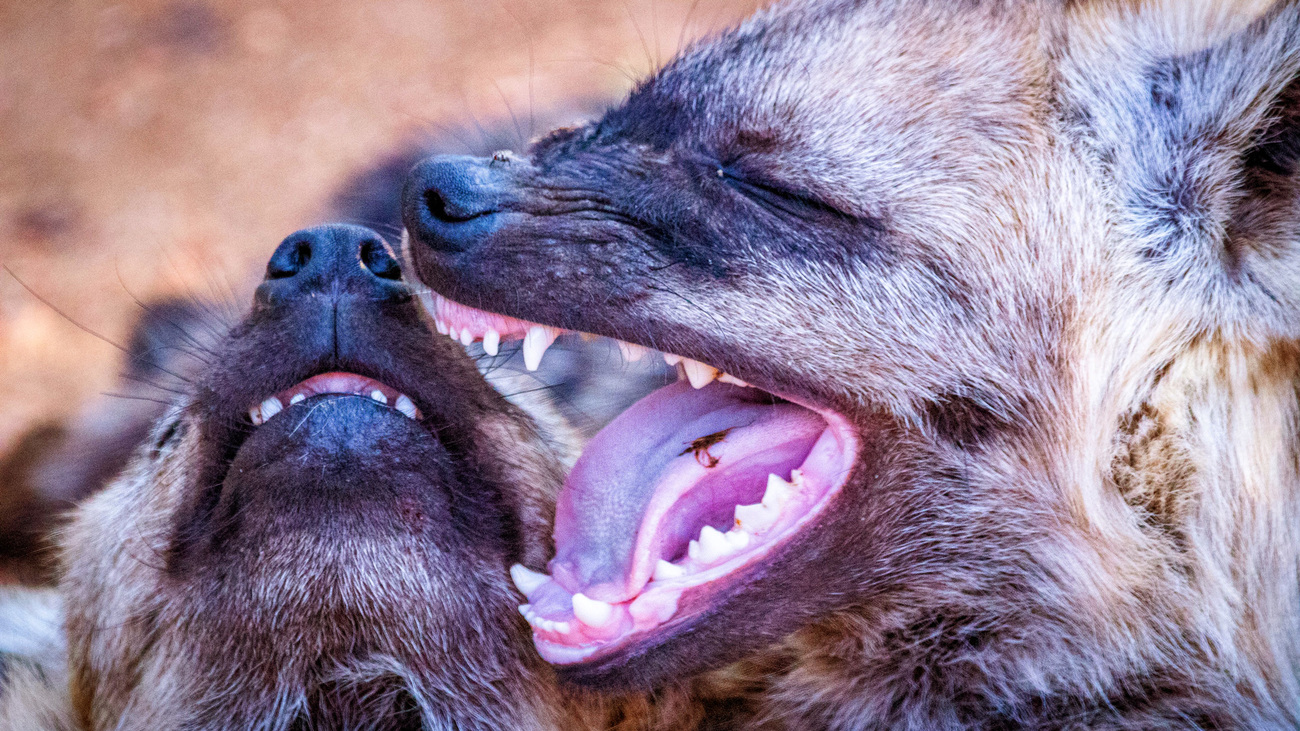
Also known as the laughing hyena, the spotted hyena (Crocuta crocuta) has one of the strongest recorded bites of all carnivorous mammals—4,500 Newtons or 1,011 pounds of force. Native to sub-Saharan Africa, these hyenas are predators, not scavengers like other hyenas. They use their incredibly strong jaws to eat animals like zebras and wildebeests.
Sprinting at speeds of up to 65 kilometres per hour (40 miles per hour), spotted hyenas often chase their prey over long distances. They’re better at hunting when they’re bigger in numbers—these highly social animals are capable of chasing lions away from their prey if they are in a large enough group.
Spotted hyenas are listed by the IUCN as least concern and, as of 2025, there are around 10,000 mature spotted hyenas living in the wild. Their population is, nevertheless, declining as hyenas are threatened by habitat loss. They are also persecuted by humans who shoot, spear, trap, and poison them.
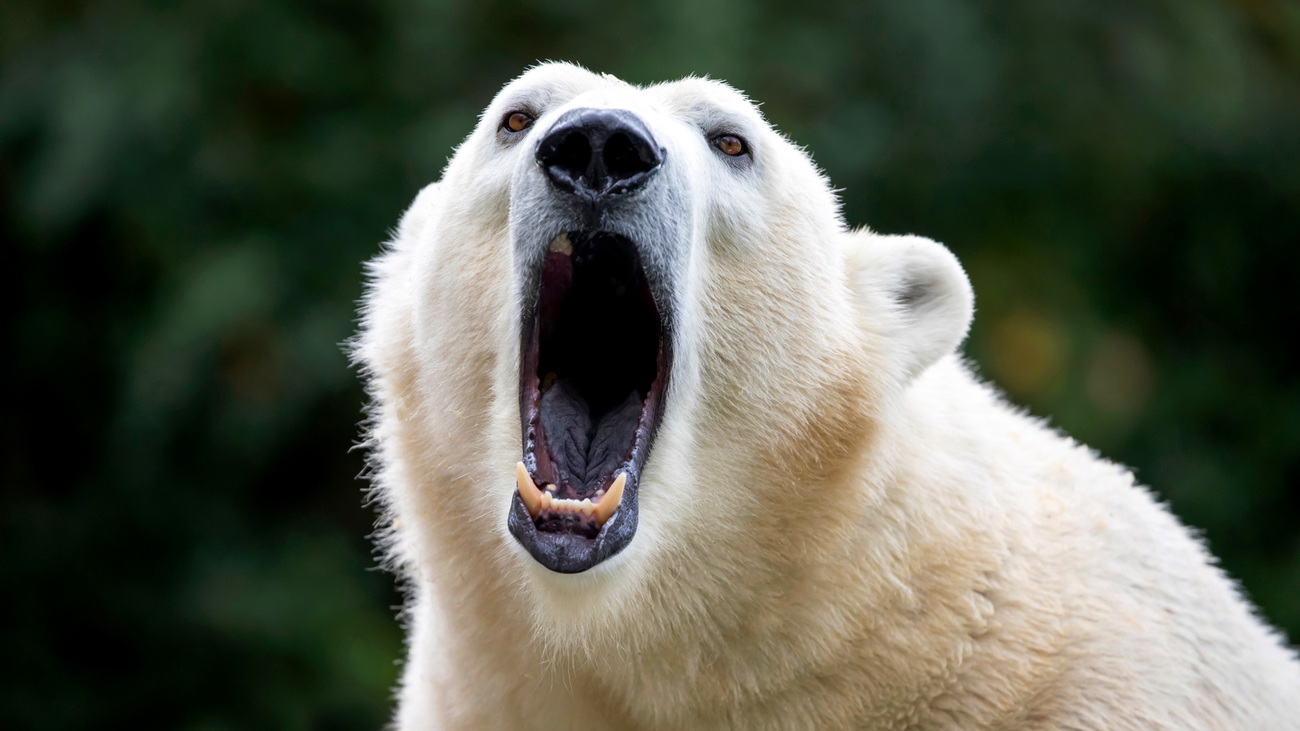
Polar bears (Ursus maritimus) are estimated to have the strongest bite of any bear. One study found the typical polar bear bite force to reach up to 5,000 Newtons (up to 1,120 pounds of force), and they can bite even harder than their brown bear cousins.
As the largest species of bear and the most carnivorous, polar bears primarily hunt seals but can also take down even larger prey, like walruses, narwhals, and belugas.
The IUCN lists polar bears as vulnerable, which means this species is at high risk of extinction in the wild. Polar bears are threatened by climate change and melting sea ice because they rely on ice for hunting. IFAW is working to combat climate change, championing wildlife conservation as a key nature-based climate solution.
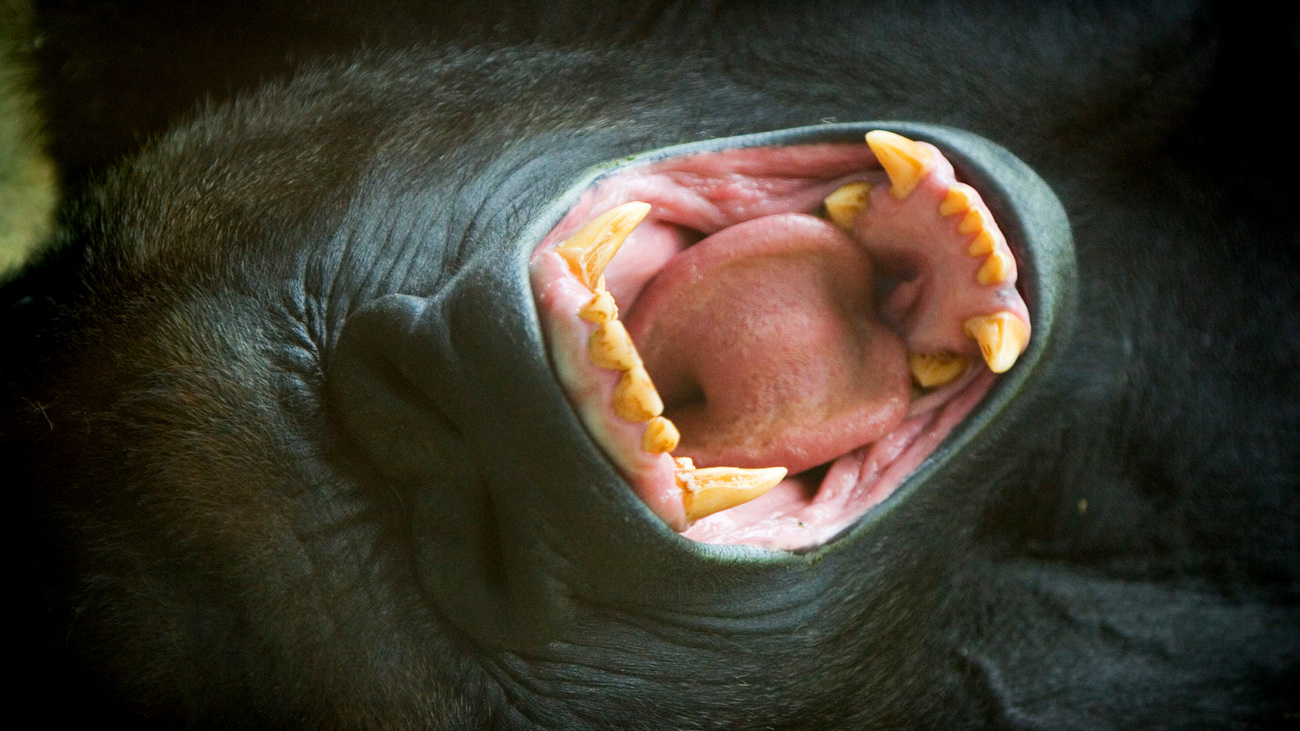
Despite being mainly herbivorous, gorillas (genus Gorilla) have one of the strongest bites—the strongest of all primates. The bite force of the Western gorilla (Gorilla gorilla) was calculated by one study to be about 3,420 Newtons. Despite sharing 98.3% of their DNA with humans, they’re estimated to be over 10 times stronger.
You might notice that despite being plant-eaters, gorillas’ teeth aren’t all flat molars. They have sharp, long canine teeth and incisors, which help them eat bark off trees and consume other tough plants.
Both gorilla species are classified as critically endangered by the IUCN. There are just 2,600 mature eastern gorillas left in the wild, and the population numbers for western gorillas are unknown. Primary threats facing gorillas include disease, hunting for bushmeat, and habitat loss.
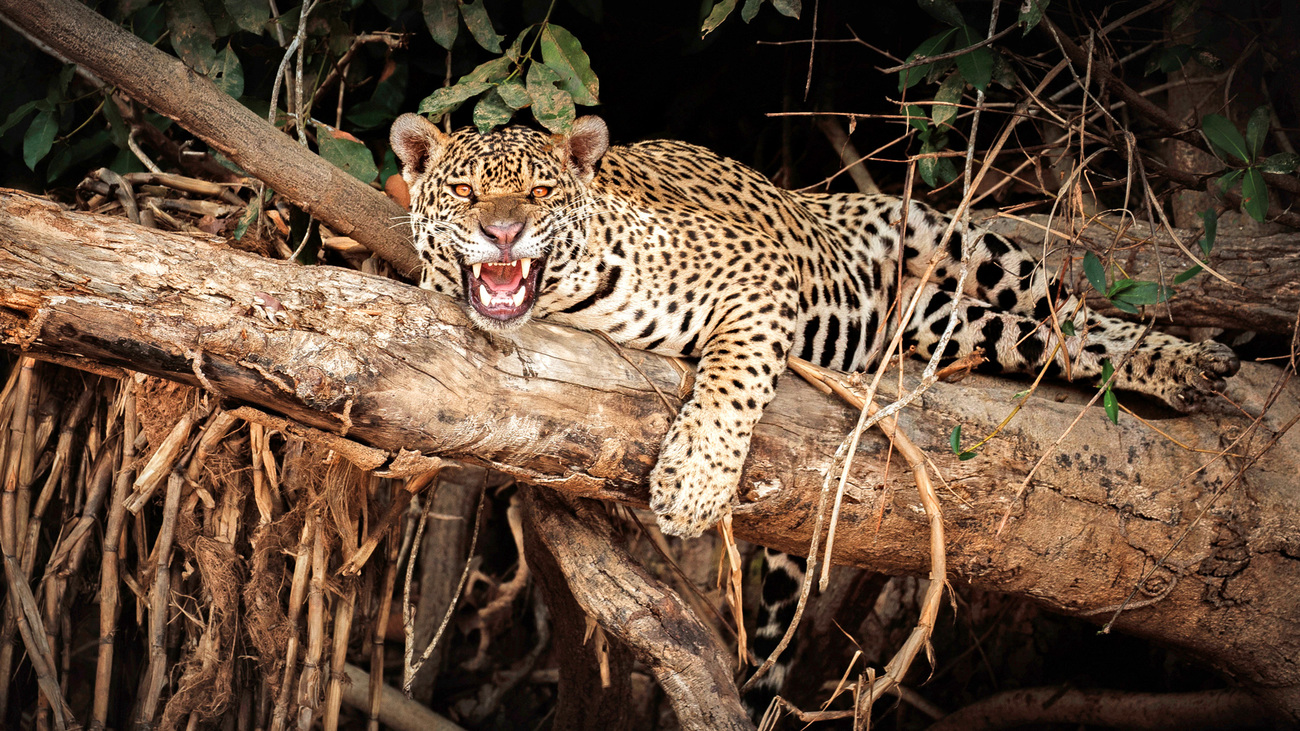
The Jaguar (Panthera onca) has one of the strongest bites of all big cats, especially relative to its body size. Itsbite has been measured to reach 1,254 Newtons. Its jaws and canine teeth are strong enough to pierce the skulls of its prey, which include small mammals, deer, caimans, turtles, birds, small reptiles, and fish.
Jaguars also have a high bite force quotient, meaning their bite is strong in relation to their body size. At 137, their bite force quotient is roughly equal to that of wolves, clouded leopards, and eastern quolls (a small carnivorous marsupial). It’s higher than that of bears, hyenas, and tigers.
Jaguars are considered near threatened by the IUCN and their population is decreasing. They face a range of threats in the wild including poaching, habitat loss, and human-wildlife conflict. IFAW is working to protect jaguars by partnering with communities to prevent the retaliatory killing of jaguars, as well as supporting efforts to stop illegal trade in jaguar parts.
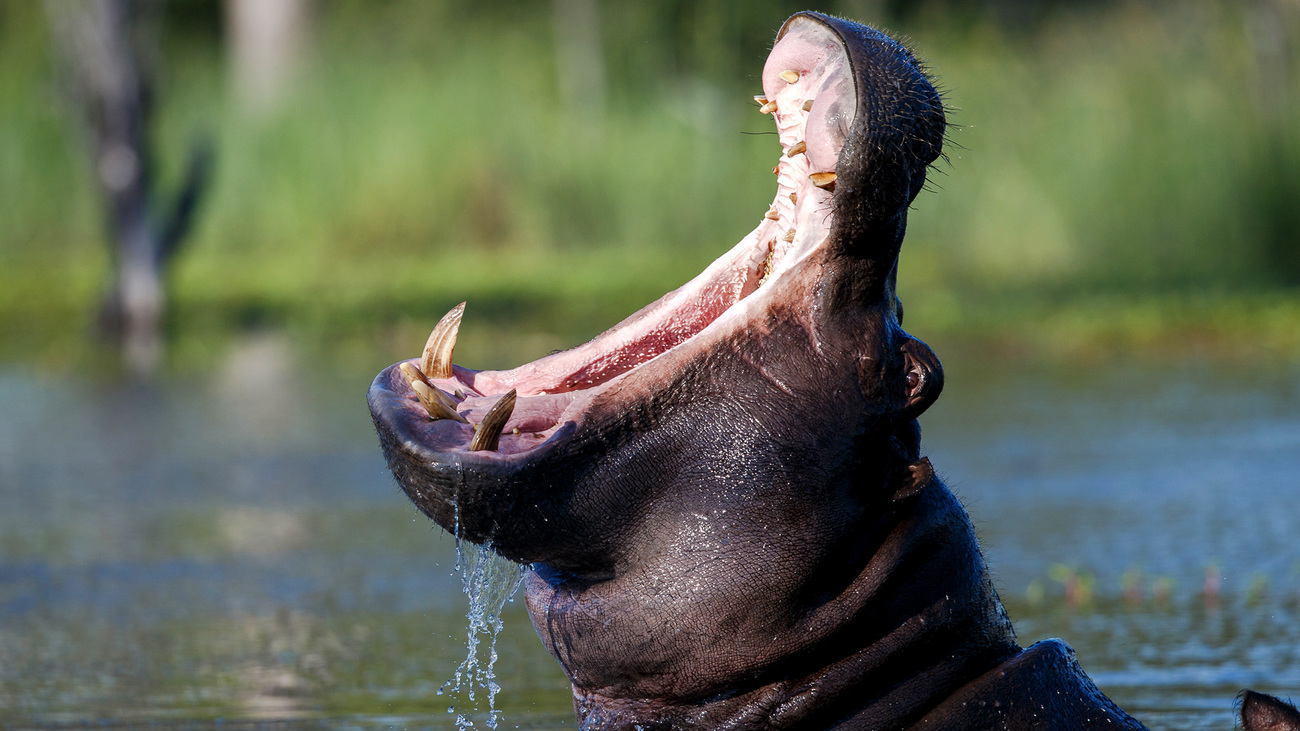
The hippopotamus (Hippopotamus amphibious) is said to have the strongest bite of all land animals at about 8,130 Newtons per square inch. They are herbivores, but if disturbed by humans, they can be very dangerous and cause fatal injuries. They also have been known to show aggression towards lions and crocodiles, and they have no trouble besting these apex predators with their bite. Otherwise, they live quite sedentary lifestyles, wallowing in rivers, lakes, and mangroves and eating up to 110 pounds of grass per day.
Hippos’ canine teeth can grow up to 50 centimetres (20 inches) long. Unfortunately, they are a highly sought-after source of ivory, meaning hippos are often poached for their teeth. And, in 2006, hippos were classified as vulnerable. In 2025, this is still the case. As well as poaching, habitat loss and human-wildlife conflict also pose serious threats.
IFAW is working to protect hippos. We’re supporting local communities to report and prevent poaching, and we’ve successfully pushed to improve hippo protections as part of the UK’s Ivory Act 2018.
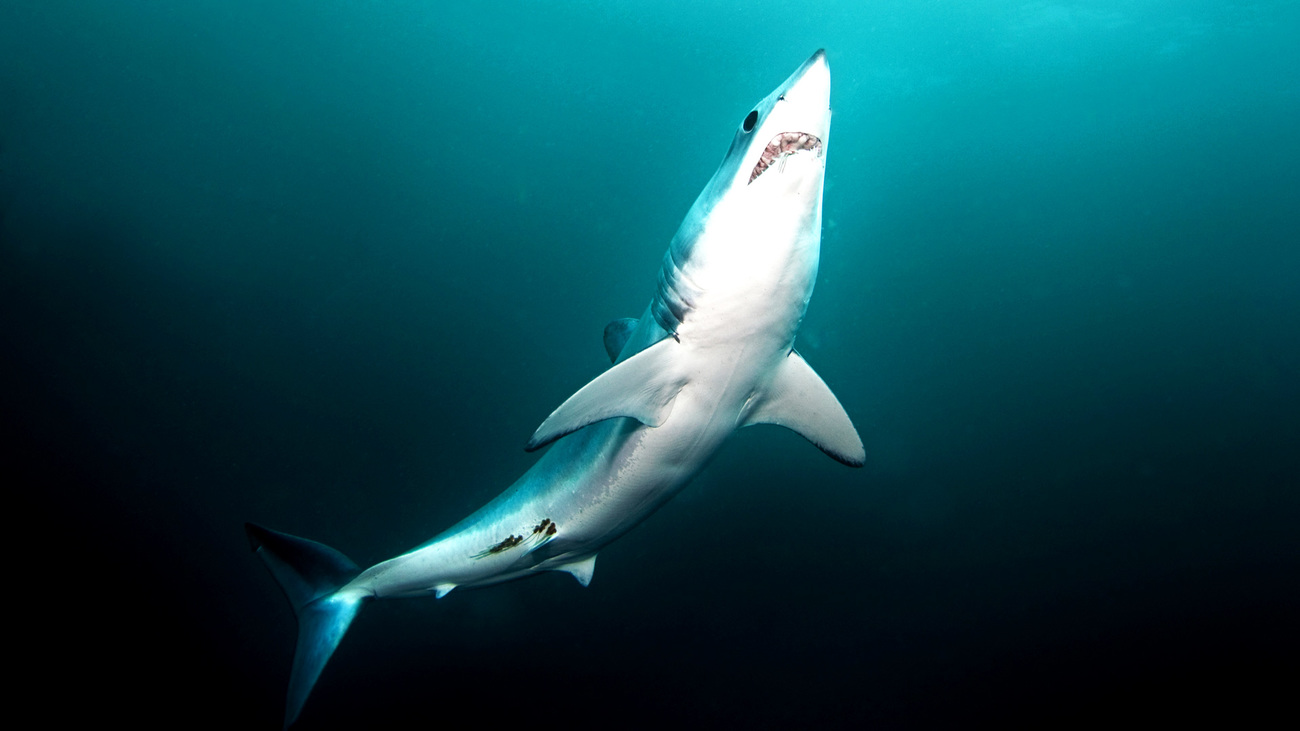
The shortfin mako (Isurus oxyrinchus) is an endangered shark species found in temperate and tropical waters. In 2020, scientists built a custom device to measure the bite strength of a shortfin mako, and they used it to measure the bite of an individual near New Zealand. The result was the most powerful shark bite ever recorded at 13,000 Newtons (3,000 pounds of force).
However, this was just one bite of one individual shortfin mako. It’s very possible that, as a species, great white sharks have a stronger average bite. Still, at an average of 1.8 to 2.1 metres (6 to 7 feet) long, shortfin makos are much smaller than great whites, which are typically 4.5 metres (15 feet) long—their smaller size makes their strong bite all the more impressive.
Shortfin mako sharks are listed as endangered by the IUCN, and their population numbers are decreasing. These sharks are often caught intentionally for their meat and fins—and unintentionally as bycatch. They are also targeted by recreational big-game fishers.
At IFAW, we’re working to limit the trade in threatened shark species like the shortfin mako shark, pushing to enact and enforce trade regulations. We’re providing support such as identification and enforcement training for people on the front lines protecting the seas.
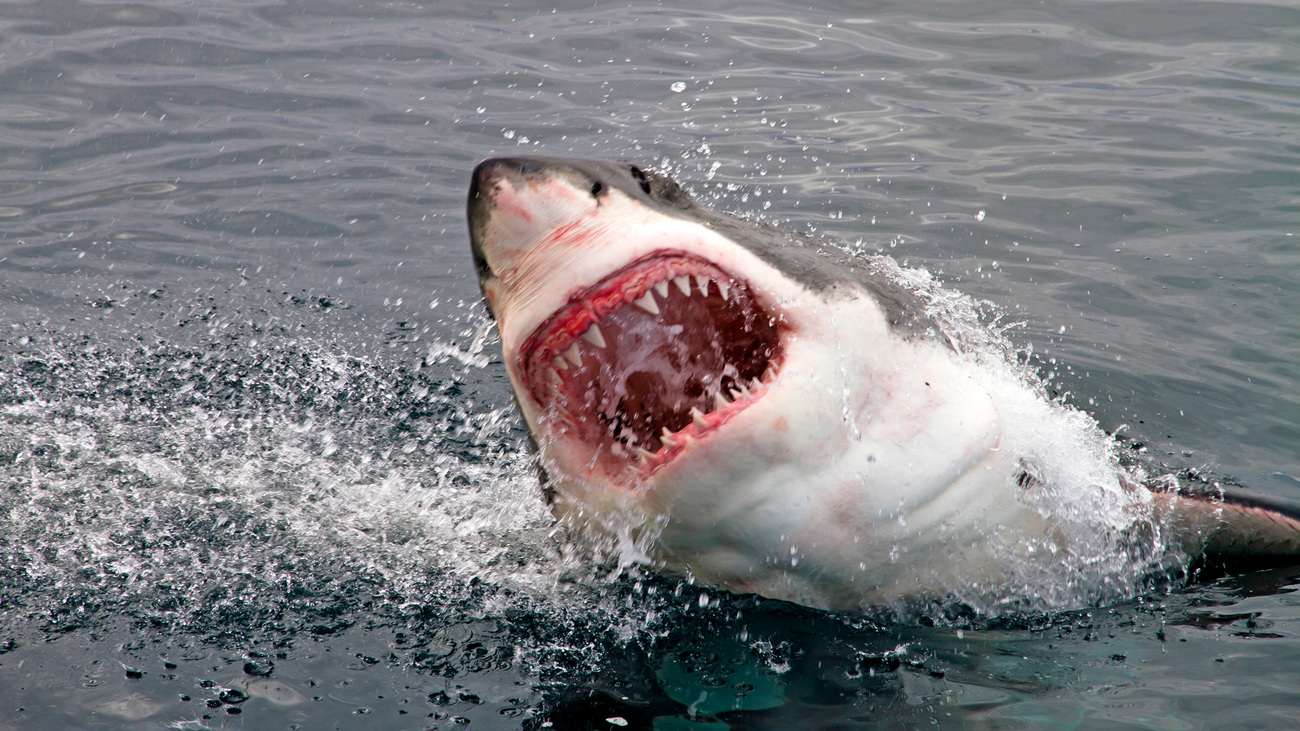
The bite force of a great white shark (Carcharodon carcharias) hasn’t been measured with a device like the shortfin mako’s.
Feared as the most dangerous shark in the world, research suggests that its bite is likely the strongest of all shark species. One study digitally reconstructed the jaws of a great white shark and found that its bite force may exceed 18,000 Newtons (4,000 pounds of force). However, it hasn’t been measured in real life, so it’s possible that this shark outranked by the American alligator and saltwater crocodile.
The great white shark also couldn’t out-bite its extinct prehistoric relative, the megalodon—which may have had a bite force that was 10 times as powerful.
In 2025, great white sharks are listed as vulnerable by the IUCN, and their numbers are decreasing. Key threats to their survival include illegal hunting, finning (the act of removing the shark’s fin and discarding the body), and being caught as bycatch. Through our marine conservation work, IFAW is striving to make the ocean a safer place for sharks and other marine wildlife.
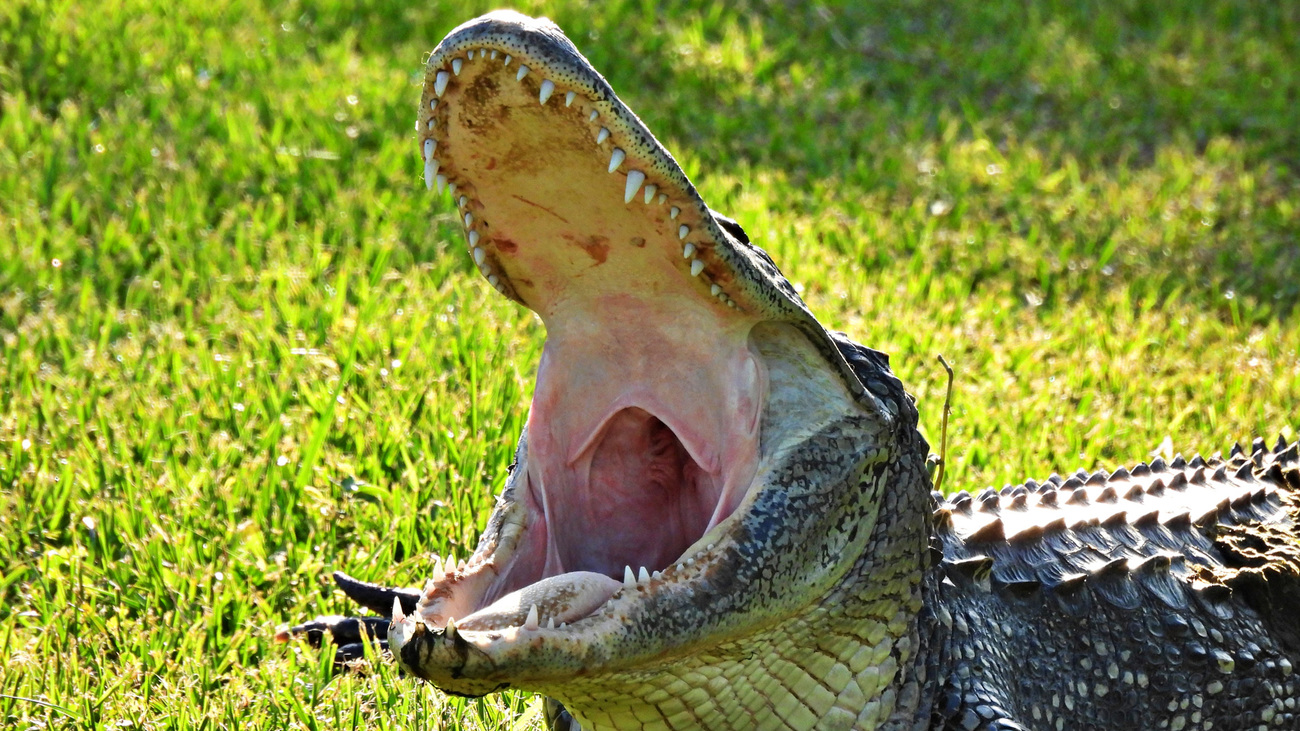
Two of the most powerful bites in the animal kingdom come from reptiles. One is the American alligator (Alligator mississippiensis), which can exhibit 13,172 Newtons of force (about 3,000 pounds of force) with its jaws. Despite its strong bite force, its jaw muscles are relatively weak. A human can hold its jaws closed with a hand or even a strong rubber band. At the time of the study in 2006, 13,172 Newtons was the highest recorded bite force of any living animal.
The American alligator can be found in the US Southeast, and its diet consists of fish, birds, frogs, small mammals, and invertebrates like snails.
American alligators are doing well compared to other animals on this list. The IUCN lists them as least concern, and their population is increasing. As of 2025, there are thought to be between 750,000 and 1,060,000 mature American alligators in the wild. The main threats to alligators are habitat degradation, water diversion, and human-wildlife conflict.
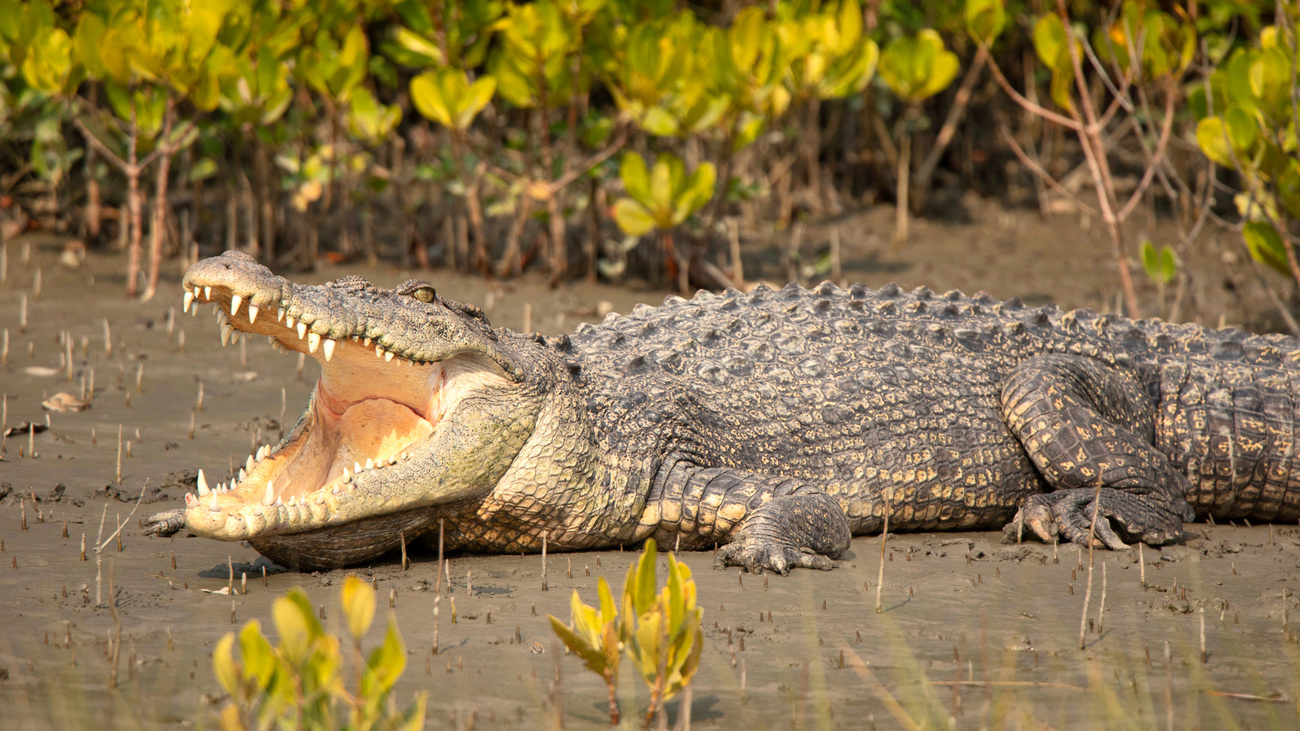
The saltwater crocodile (Crocodylus porosus) is often heralded as the animal with the strongest bite on Earth. In a 2012 study, the bite of one individual was recorded at 16,414 Newtons or 3,689 pounds of force—making it the strongest recorded bite of any individual animal.
The saltwater crocodile is found in saltwater habitats, wetlands, and freshwater rivers spanning from India’s eastern coast, across Southeast Asia, and down to Australia’s northern coast. Its teeth aren’t used much for chewing—this crocodile tends to swallow its prey whole. The saltwater crocodile preys on fish, sharks, invertebrates, amphibians, birds, reptiles, and mammals—it isn’t a picky eater. They’ve even been known to prey on humans in India and Indonesia.
Saltwater crocodiles are listed by the IUCN as least concern. They have a stable population, with around 500,000 mature individuals. But, like the American alligator, saltwater crocodiles are threatened by habitat degradation and human-wildlife conflict.
Every problem has a solution, every solution needs support.
The problems we face are urgent, complicated, and resistant to change. Real solutions demand creativity, hard work, and involvement from people like you.
Unfortunately, the browser you use is outdated and does not allow you to display the site correctly. Please install any of the modern browsers, for example:
Google Chrome Firefox Safari